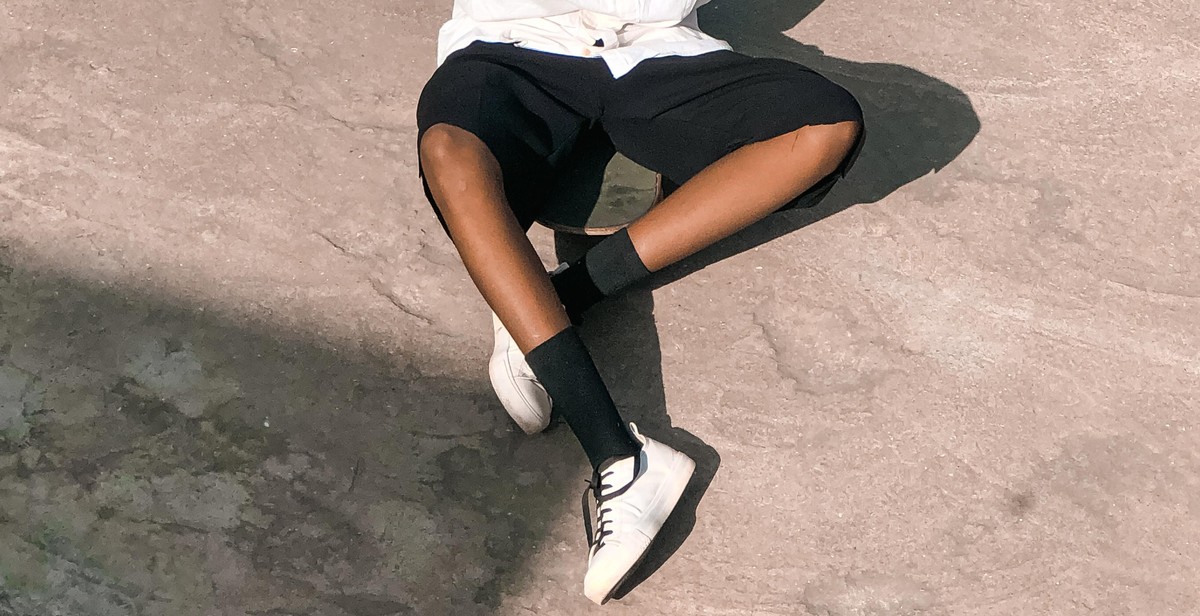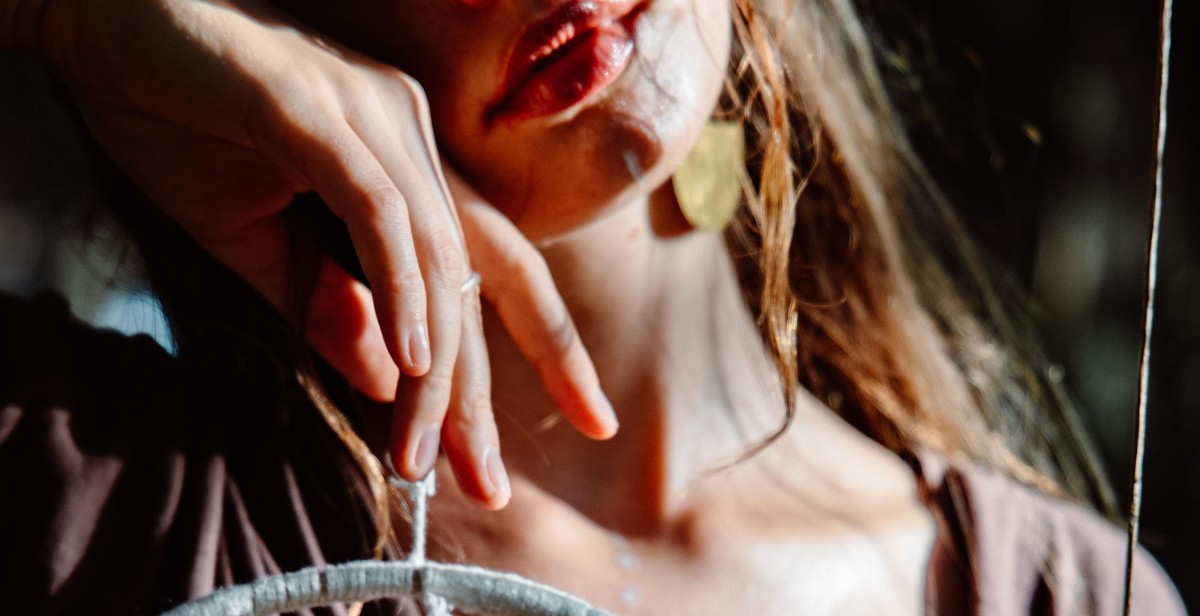Introduction
Dreamcatchers are beautiful and intricate objects that are believed to originate from Native American cultures. They are woven from natural materials and are designed to capture negative dreams and allow positive dreams to pass through. The dreamcatcher is a powerful symbol of protection and has become popular in modern times as a decorative item for homes and bedrooms.
What is a Dreamcatcher?
A dreamcatcher is a handmade object that consists of a woven net or web, often decorated with feathers, beads, and other natural materials. The web is usually made from sinew or string and is meant to resemble a spider’s web. The dreamcatcher is designed to be hung above a bed or in a window, where it can capture negative dreams and allow positive dreams to flow through. According to legend, the bad dreams are caught in the web and are burned away by the morning sun.
The Legend of the Dreamcatcher
The dreamcatcher has a rich history and is steeped in legend and myth. According to Native American folklore, the dreamcatcher was first created by the Ojibwe people. The story goes that a spider woman known as Asibikaashi took pity on the children of the tribe and weaved a web to protect them from bad dreams. The web was eventually adopted by other tribes and became a symbol of protection and good luck.
If you’re interested in creating your own dreamcatcher, keep reading to learn more about the materials and techniques you’ll need to make your own beautiful and powerful dreamcatcher.

The History of Dreamcatchers
Dreamcatchers are a popular Native American tradition that originated with the Ojibwe people. The Ojibwe Legend states that Asibikaashi, the Spider Woman, was a spiritual protector of the tribe. She would weave a web above the sleeping area of the children to trap any bad dreams or negative energy that may try to enter their minds. The good dreams would pass through the web and travel down the feathers to reach the sleeper.
The dreamcatcher was traditionally made using natural materials such as willow branches, sinew, and feathers. The willow branches were bent and woven into a circle to represent the circle of life. The sinew was used to weave the web, and the feathers were attached to the bottom of the dreamcatcher to help guide the good dreams to the sleeper.
The use of dreamcatchers has spread beyond the Ojibwe tribe and has become a popular symbol of Native American culture. Dreamcatchers are often used as decorative pieces or as a way to promote positive energy and ward off negative energy. They are also believed to be a way to connect with one’s spiritual self and to bring about a sense of peace and tranquility.
Today, dreamcatchers are made in a variety of styles and sizes, using different materials and colors. They are often used as a form of art and can be found in many homes, shops, and galleries. The tradition of the dreamcatcher continues to be passed down from generation to generation, and its significance remains an important part of Native American heritage.

Materials Needed to Make a Dreamcatcher
Dreamcatchers are beautiful and meaningful objects that can be created using a variety of materials. Traditional dreamcatchers are made using natural materials, but there are also alternative materials that can be used to make them.
Traditional Materials
The traditional materials used to make a dreamcatcher include:
- Willow hoop or any other circular object such as a metal ring or embroidery hoop
- Sinew or any other strong string like hemp or fishing line
- Feathers, preferably from birds like owls, eagles or hawks
- Beads, shells, and other decorative items
- Leather or suede for wrapping the hoop and attaching the feathers
The use of these traditional materials is believed to enhance the spiritual power of the dreamcatcher and make it more effective in warding off nightmares.
Alternative Materials
While traditional materials are preferred, there are also alternative materials that can be used to make dreamcatchers. These include:
- Plastic hoops instead of willow hoops
- Nylon or cotton thread instead of sinew
- Faux feathers or other decorative items
- Ribbon or yarn instead of leather or suede
While alternative materials may not have the same spiritual significance as traditional materials, they can be just as beautiful and effective in promoting positive dreams.
| Traditional Materials | Alternative Materials |
|---|---|
| Willow hoop or any other circular object | Plastic hoops |
| Sinew or any other strong string | Nylon or cotton thread |
| Feathers | Faux feathers |
| Beads, shells, and other decorative items | Any decorative items |
| Leather or suede | Ribbon or yarn |
Regardless of the materials used, making a dreamcatcher can be a fun and rewarding experience. With a little creativity and imagination, anyone can create a beautiful dreamcatcher that will promote positive dreams and ward off nightmares.

Step-by-Step Guide to Making a Dreamcatcher
If you’re looking to ward off nightmares and promote positive dreams, creating a dreamcatcher might be just the thing for you. Follow these simple steps to make your own dreamcatcher:
Step 1: Creating the Hoop
The first step to making a dreamcatcher is creating the hoop. You can use a variety of materials for the hoop, such as willow branches, metal wire, or embroidery hoops. Choose a material that is sturdy and easy to work with.
- Start by bending the material into a circular shape.
- Secure the ends of the material together with glue or by wrapping them with string or wire.
- Make sure the hoop is tight and secure.
Step 2: Wrapping the Hoop
Next, wrap the hoop with string or ribbon. This will give your dreamcatcher a decorative touch and help create a base for the web.
- Start by tying the string or ribbon to the hoop.
- Wrap the string or ribbon around the hoop tightly, making sure to cover the entire hoop.
- Tie off the string or ribbon when you reach the starting point.
Step 3: Adding the Web
Adding the web to the dreamcatcher is perhaps the most important step in creating one. The web is what catches the bad dreams and allows the good ones to pass through.
- Tie a knot at the top of the hoop.
- Attach the string to the knot and begin wrapping it around the hoop.
- Make sure the string is tight and evenly spaced as you wrap it around the hoop.
- Once you’ve wrapped the string around the hoop, start weaving the web.
- Weave the string in a circular pattern, making sure to leave gaps in the web.
- Continue weaving until you reach the center of the hoop.
- Tie off the string when you’re finished.
Step 4: Adding the Decorations
The final step in making a dreamcatcher is adding the decorations. You can use feathers, beads, or other decorative items to give your dreamcatcher a unique look.
- Attach the decorations to the bottom of the dreamcatcher using string or glue.
- Make sure the decorations are evenly spaced and balanced.
There you have it! Your very own dreamcatcher, ready to ward off nightmares and promote positive dreams.

Symbolism and Meaning of Dreamcatchers
Dreamcatchers are not only beautiful to look at, but they also hold significant symbolism and meaning. Originally created by Native Americans, dreamcatchers were made to ward off nightmares and promote positive dreams. The intricate design of the dreamcatcher is meant to capture negative dreams and thoughts while allowing positive ones to pass through.
The Web
The center of the dreamcatcher is a woven web, which is meant to catch negative dreams and thoughts. The web is made in a circular shape to represent the circle of life and the interconnectedness of all things. The web is also meant to symbolize the spider, which is a symbol of creativity and wisdom in Native American culture.
The Feathers
Feathers are a common decoration on dreamcatchers and are used to promote positive dreams. Feathers are also symbolic in Native American culture and represent freedom, courage, and strength.
The Beads
Beads are often woven into the web of the dreamcatcher and are meant to represent the spider’s energy. They also add color and beauty to the dreamcatcher.
The Circle
The circle is an important symbol in Native American culture and is used to represent the cycles of life and nature. The circular shape of the dreamcatcher is meant to represent the circle of life and the interconnectedness of all things.
The Colors
The colors used in a dreamcatcher can also hold symbolic meaning. White is often used to represent purity and innocence, while red represents energy, passion, and love. Blue is often used to represent peace and serenity, while yellow represents happiness and vitality.
Understanding the symbolism and meaning behind dreamcatchers can help you appreciate their beauty even more. Whether you believe in their ability to ward off nightmares or not, there is no denying the beauty and symbolism behind these intricate decorations.

Using Your Dreamcatcher
Now that you have created your dreamcatcher, it’s time to start using it! Here are some tips on how to make the most out of your dreamcatcher:
Hanging Your Dreamcatcher
Choose a spot above your bed where your dreamcatcher can hang freely. It’s important that the dreamcatcher is able to move and sway with the air currents in the room. This will help it to catch any negative energy or bad dreams that may be lingering in your space.
If you have a specific intention for your dreamcatcher, such as promoting peaceful dreams or warding off nightmares, you can hang it on the corresponding side of your bed. For example, if you want to promote peaceful dreams, hang your dreamcatcher on the left side of your bed. If you want to ward off nightmares, hang it on the right side of your bed.
Cleansing Your Dreamcatcher
Just like any spiritual tool, it’s important to cleanse your dreamcatcher regularly to keep it working effectively. You can do this by smudging it with sage or palo santo, or by holding it under running water and visualizing any negative energy being washed away.
Setting Intentions for Your Dreams
Before you go to bed each night, take a few moments to set an intention for your dreams. You can do this by holding your dreamcatcher in your hands and visualizing positive and peaceful dreams coming to you throughout the night. You can also say a prayer or affirmation to help solidify your intention.
Remember, your dreamcatcher is a powerful tool for promoting positive energy and warding off negative energy. By hanging it above your bed and using it regularly, you can create a peaceful and restful environment for yourself each night.

Conclusion
Creating your own dreamcatcher can be a fun and fulfilling experience. Not only does it provide a beautiful decoration for your bedroom, but it also has a deeper meaning in promoting positive dreams and warding off nightmares.
By following the steps outlined in this article, you can create a dreamcatcher that is not only aesthetically pleasing, but also effective in its purpose. Remember to choose materials that speak to you and incorporate your own personal touches to make it unique.
Additionally, it’s important to keep in mind that dreamcatchers are not a guarantee of good dreams or protection from nightmares. They serve as a reminder to focus on positive thoughts and intentions before sleep, which can ultimately lead to a more peaceful and restful night’s sleep.
If you’re looking to enhance your dreamcatcher experience, consider incorporating essential oils or herbs known for their calming and relaxing properties. You can also experiment with different colors and patterns to create a dreamcatcher that aligns with your personal style and preferences.
Overall, creating a dreamcatcher is an enjoyable and meaningful activity that can have a positive impact on your sleep and overall well-being. Give it a try and see where your creativity takes you!
